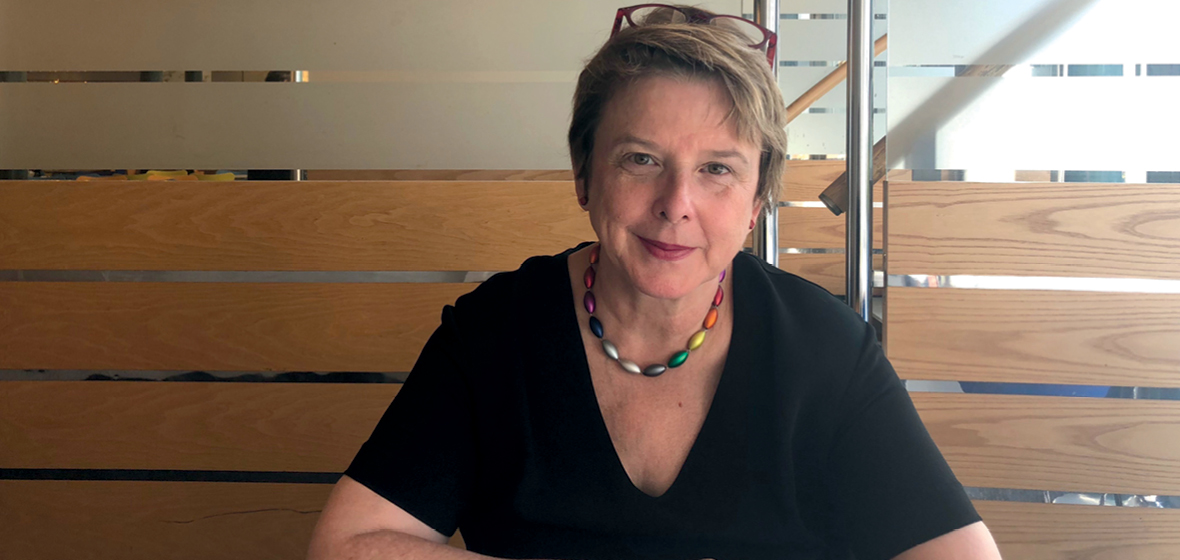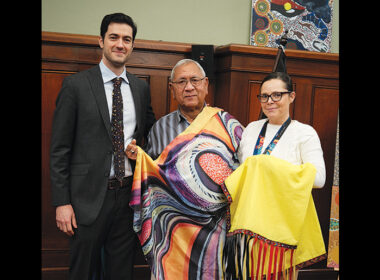In 2017, the world saw more displaced people than ever before. In response, United Nations High Commissioner for Refugees (UNHCR) lawyer Ellen Hansen will next month see UNHCR’s three-year project come to fruition as the global compact on refugees is presented to the UN General Assembly in New York.
When Geneva-based lawyer Ellen Hansen started her career at the Department of Foreign Affairs and Trade (DFAT) in Canberra in 1987, Bob Hawke was Prime Minister and Bill Hayden was Foreign Minister.
Hansen had wanted to be a journalist but, after completing an Honours degree in English and a law degree at the University of Sydney, the Danish-origin Australian missed out on a treasured journalism cadetship and joined DFAT’s International and General Legal area in Canberra instead.
“I thought the job was quite exciting,” she recalls. “What I found most exciting was really connecting big news events with behind-the-scenes legal matters.”
Hansen found herself offering advice on many crucial diplomatic matters. When a shot was fired from the Yugoslav Consulate in Sydney in 1988, wounding an ethnic Croatian protester, Hansen offered advice in a particularly complex diplomatic matter involving NSW and federal jurisdictions. (In the end, the Australian Government imposed a 24-hour deadline for Yugoslav officials to turn the offending guard over to the Australian police and, when they refused to comply, the 12 staff and their families were ordered to leave the country.)
When Nauru took Australia, New Zealand and the UK to court for compensation for 90 years of phosphate mining on the small Pacific island, Hansen again used her legal skills. (Australia settled the long-standing dispute with Nauru in 1993, agreeing to pay $A120 million over 20 years.) Hansen later visited Nauru as part of her work for UNHCR.




